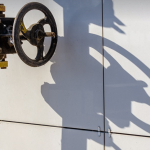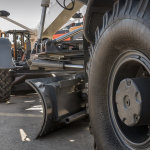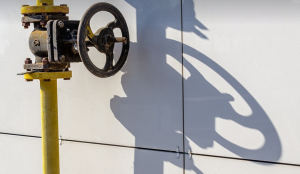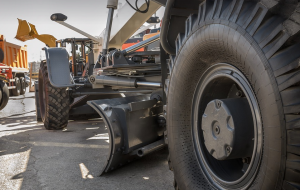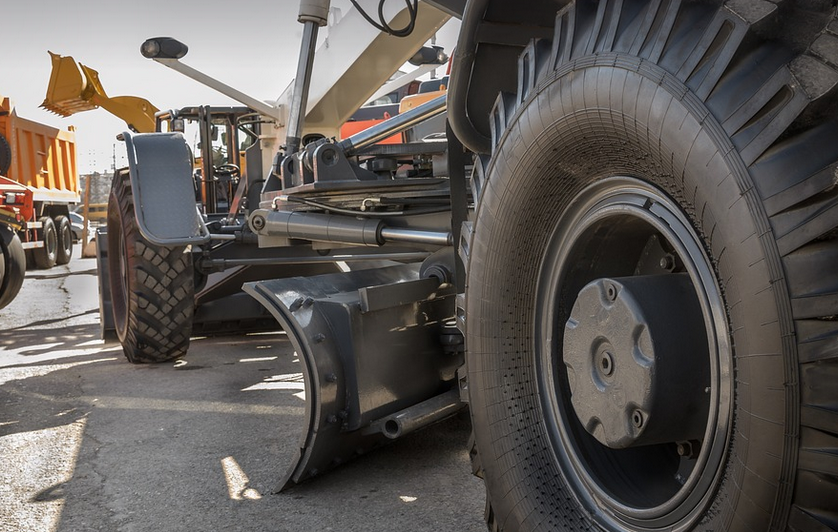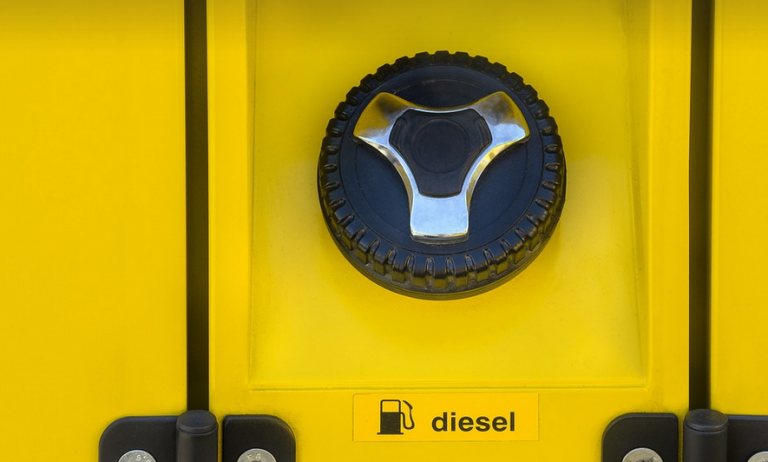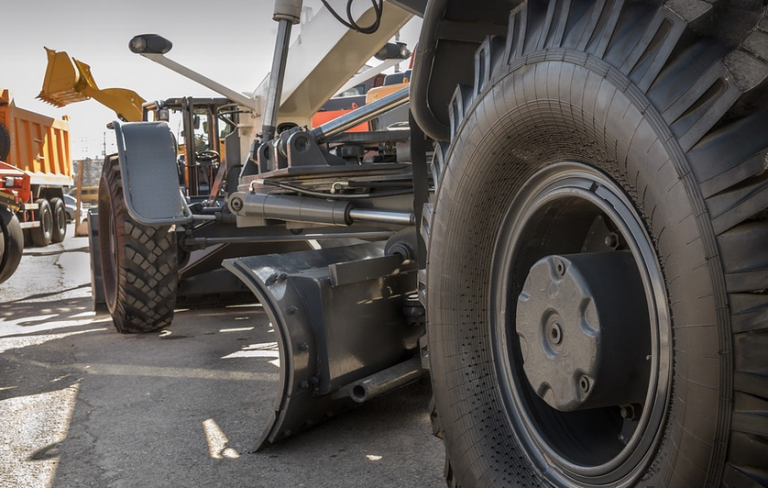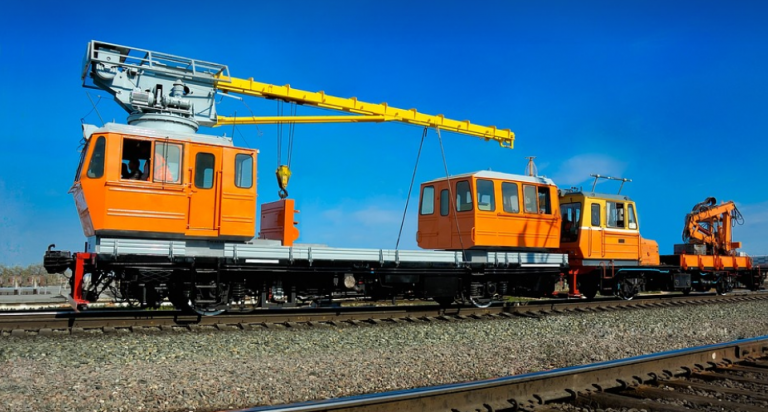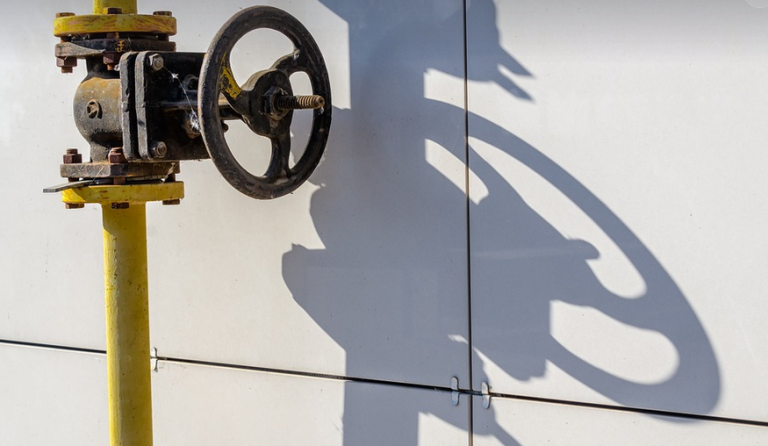So, you’ve got a project that calls for the strong and durable nature of stainless steel, but also needs the flexibility and affordability of mild steel in some areas. That’s where welding these two materials together comes into play! It can be a bit like a dance between contrasting personalities – yet with careful steps and a steady hand, you can bridge the gap between them.
Understanding the Science Behind the Weld
Before diving in headfirst, it’s crucial to understand the science behind welding these materials. Mild steel, with its iron content, contains elements like carbon that make it readily weldable. It reacts easily with heat and forms a strong bond when molten. On the other hand, stainless steel, known for its corrosion-resistance, has chromium as a key component. This element is why stainless steel needs a more meticulous approach during welding to maintain its integrity.
The challenge lies in achieving a weld that’s both mechanically sound and capable of withstanding the corrosive nature of stainless steel. When we talk about welding mild steel to stainless steel, we are essentially dealing with dissimilar metals. The differing alloys cause some unique challenges during the process.
Choosing Your Welding Technique
Welding techniques play a significant role in achieving a successful weld of dissimilar metals. Selecting the right welding method depends on factors like: the thickness of both materials, their position, and your desired join.
For instance, **TIG welding**, also known as “Gas Tungsten Arc Welding,” offers precision and control, making it ideal for intricate workpieces with minimal heat input. However, TIG welding is more suitable when dealing with thin stainless steel sheets or delicate components.
**MIG (Metal Inert Gas) welding**, on the other hand, often utilizes a continuous wire fed from a spool by an automatic welder, making it faster and easier to use for thicker materials. It’s a reliable choice when speed and efficiency are priorities.
**SMAW (Shielded Metal Arc Welding)**, also known as “Stick welding,” can sometimes be used to weld stainless steel with thin metal but requires more care and experience because of the higher heat input from the electrode.
Remember, no matter which technique you choose, it’s crucial to use proper shielding gas to prevent oxidation and ensure a strong bond.
Tacking: The Foundation for a Lasting Weld
Before fully joining the two metals, “tack welding” is a critical first step. Tack welding are short-term welds or pre-weld connections that help guide the main weld, providing essential support for forming the full connection.
Tack welding starts by creating a small weld between each piece of metal you’re joining. This creates a structural foundation upon which you can build your final weld, ensuring stability and strength.
Fusion: A Dance of Heat and Metal
The heart of the process lies in achieving fusion – where the metals melt and intertwine to form a single, unified structure. The welding electrode plays a crucial role here.
To achieve this fusion, you need to use precise heat control and appropriate welding techniques. Start with a slow and steady build-up of heat until you get the desired melting point, then slowly increase the temperature further if needed.
Post-Weld Heat Treatment: Protecting Your Investment
Welding dissimilar metals brings some inherent challenges to the table – and corrosion is one of these. To combat this potential issue, we implement a heat treatment process after welding.
This step ensures that any stress built up during the weld is relieved and helps prevent further oxidation and corrosion. The exact method can depend on the specific metals involved; but often, annealing or quenching is employed to achieve desired levels of strength and durability.
Choosing Your Welding Outfit
You need a good welding outfit, one that’s right for your project, whether it’s small-scale DIY projects or large-scale industrial work.
A robust welding helmet that offers both UV and infrared protection is essential. A comfortable welding jacket will protect you from sparks and heat. And of course, a good pair of gloves to keep your hands safe during the process.
Remember, safety should always come first!
Cleaning Up: The Final Touch
Finally, once your weld is complete, it’s time to tidy up and clean! Remove any debris or welding slag that may have accumulated. This ensures a smooth surface for applying coatings or paint later on.
By following these steps and tips, you’ll be well-equipped to successfully weld mild steel to stainless steel. Remember, the right technique, careful attention to detail, and a bit of practice will lead you to success in joining these metals together!

